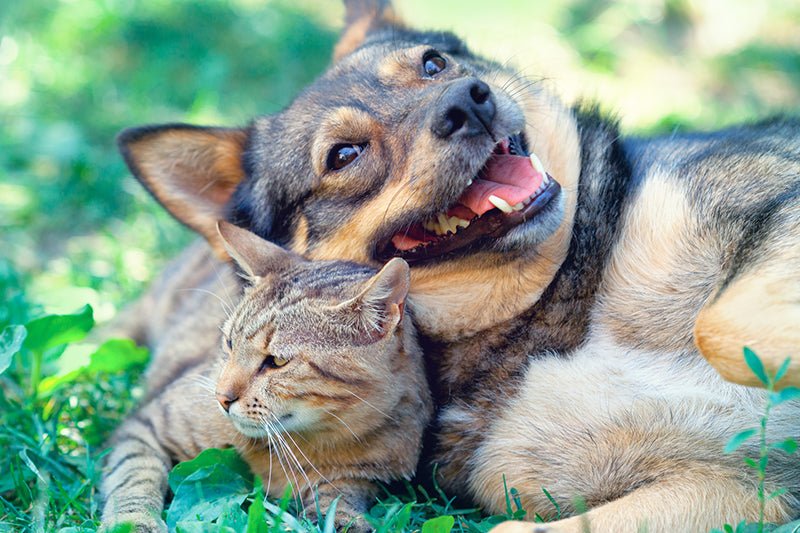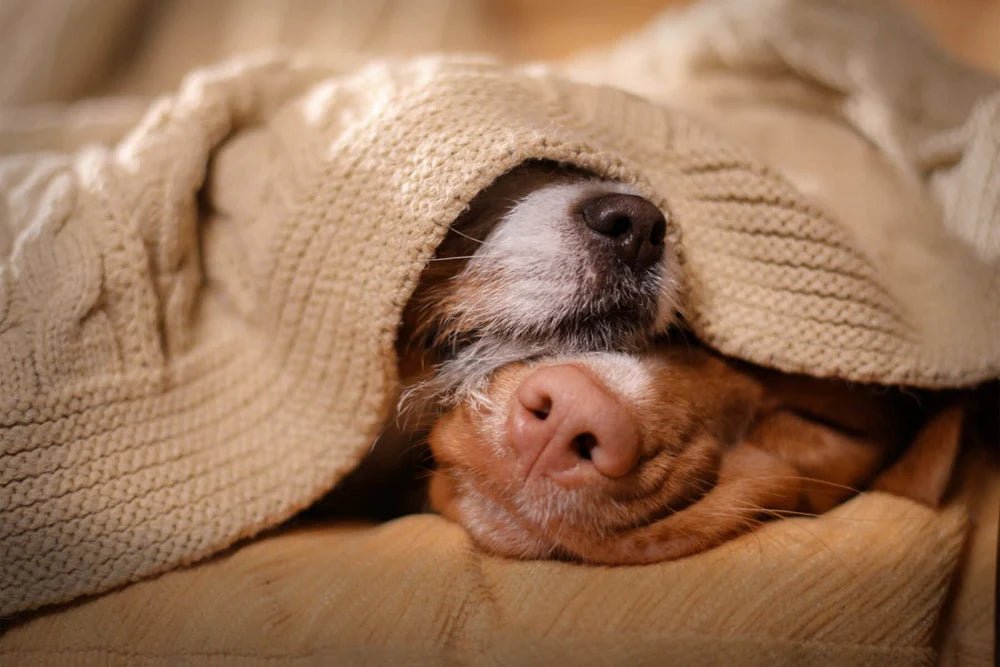As the seasons shift, many dog owners notice an increase in shedding—a clear sign of your furry friend’s coat changing. This natural process can create extra mess but is essential for your dog's health. With the right care and support, you can make this seasonal transition smoother for both you and your pet.
What Is Fur Change in Dogs?
Dogs naturally shed hair throughout the year as part of their fur’s growth cycle. However, during seasonal transitions, this process intensifies as your dog replaces its coat:
- In Spring: Thicker winter fur is shed to prepare for warmer weather.
- In Autumn: Lighter summer coats make way for dense, insulating winter fur.
This seasonal change is influenced by temperature and light exposure. Dogs living mostly outdoors or in natural environments often experience more pronounced seasonal shedding, while indoor dogs may shed more consistently due to artificial lighting and heating.
Older dogs usually shed more than younger dogs, castrated dogs more than uncastrated dogs and bitches often loose fur before the heat. Dogs with a strong undercoat also loose more hair during fur change. Some breeds, such as poodles, don't have a natural fur change process. Their hair just keeps growing and has to be shorn or trimmed regularly.

Why Does Fur Change Matter?
Shedding allows your dog to adapt to environmental changes, ensuring they stay comfortable and protected in varying climates. However, the process can leave a trail of fur on floors, furniture, and clothing—and sometimes lead to issues like skin irritation or discomfort if not properly managed.
Supporting Your Dog During Fur Change
Although shedding is a natural process, there are several ways you can help your dog during this period:
Brush Frequently
The old coat has to go so that the new one can follow. Regular brushing and combing out the fur removes the dead hair, promotes blood circulation to the skin and stimulates the sebaceous glands, which produce protective fat.
For smooth and short-haired dogs, you should treat the fur 2-3 times a week with a soft brush made of natural bristles and a grooming glove.
If you have a longer-haired dog, combing with a wide-toothed metal comb, a wire brush with curved teeth or a natural hair brush is recommended every day.
In addition to regular trimming, your wire-haired dog should be brushed 3 to 4 times with a metal comb or a wire brush (terrier harrow) during this period.
If you notice during brushing that the hair comes out in tufts or hairless spots begin to form, there could be a sign of an illness. To determine the cause of the fur loss, make an appointment with your veterinarian or veterinary practitioner.
High-quality nutrition for a healthy coat
To promote healthy, strong, and shiny fur after the seasonal coat change, it's essential to provide your dog with nutritious, nutrient-dense food.
Brewer's yeast, rich in vital nutrients and minerals, is particularly beneficial during this time. It supports your dog's body with essential substances needed for a glossy and thick coat. Additionally, brewer's yeast can help stimulate the appetite in dogs that may eat less during the fur change.
Natural herbs and premium-quality oils are also excellent allies in supporting your dog's fur change process.
Which oil is the right one?
- Salmon oil - In addition to a shiny coat, salmon oil promotes metabolism, prevents hair loss, lowers cholesterol and is valuable for strong bone growth.
-
Linseed Oil - Linseed oil is known for its anti-inflammatory effects and strengthens the immune system. In addition, it supports a healthy and natural shiny coat.
- Algae Oil - Great for allergy sufferers, highly concentrated omega-3 fatty acids which is supportive of healthy skin, as well as a beautiful coat
In addition, all of these oils are characterised by a high proportion of unsaturated fatty acids and an optimal ratio of omega-3 to omega-6 fatty acids.
For our dogs and cats who suffer from hair breakage, hair loss, dandruff, dry fur or other skin issues, we have developed a vital powder for skin and coat. Its herbs, vitamin complexes, special yeast, micronutrients and trace elements compensate for nutritional deficits and create the right conditions for a dense, shiny coat and healthy skin.
Bathing with Care
A bath using a gentle, dog-friendly shampoo can help loosen dead fur and soothe irritated skin. Avoid over-bathing, as it can strip natural oils and lead to dryness.
Stay Hydrated
Proper hydration is crucial for skin health. Ensure your dog always has access to fresh water, especially during seasonal transitions when their coat and skin may need extra care.
Managing Fur in Your Home
To keep shedding under control in your living space, try these tips:
- Vacuum Regularly: Use a pet-specific vacuum to tackle fur on carpets and furniture.
- Use Furniture Covers: Protect couches and chairs with washable covers or blankets.
- Lint Rollers and Sticky Brushes: These tools are handy for quick cleanup on clothing or upholstery.
- Damp Rubber Gloves: Wipe furniture or fabrics with a damp glove to easily pick up stray hairs.
A Smooth Transition for You and Your Dog
Shedding may be a natural part of your dog’s life, but with the right care, it doesn’t have to be a hassle. By maintaining a healthy grooming routine, supporting your dog’s diet, and staying proactive about cleaning, you can help your dog enjoy a healthy coat while keeping your home fur-free.
For more tips and products to support your pet’s health and happiness, visit Aniforte today!




